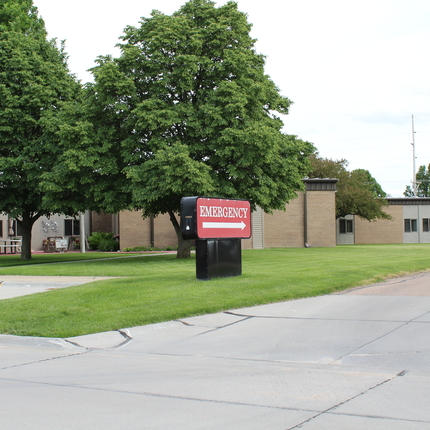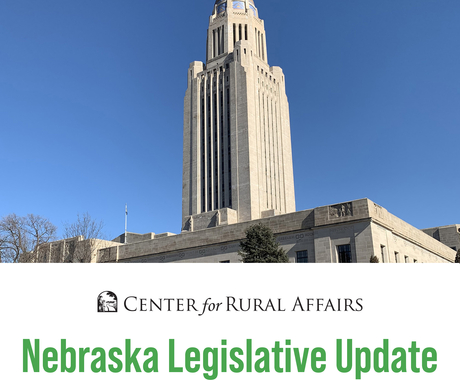By Brian Hanson, former staff member
76 rural hospitals have closed since 2010. According to the National Rural Health Association, about one-third of U.S. rural hospitals are at risk of closure due to financial distress. Much of this financial distress in linked to lowered Medicare payments due to sequestration and bad debt from unreimbursed care, which result in about 35 percent of Critical Access Hospitals (CAH) facing negative operating margins.
CAH is a designation that was created in the 1990s, which is sought by states that grant qualifying rural hospitals certain benefits that help them remain profitable and open. Some criteria by which hospitals are designated as CAHs are: located in a rural area 35 miles from the nearest hospital, unless their state designated them as a “necessary provider” to residents in the area; provide 24-hour emergency care, with either on-site or on-call staff; and have fewer than 25 inpatient acute care or swing beds.
There are over 1,300 CAHs in rural communities across the U.S. The policy was intended to aid hospitals that provide care in underserved areas. However, as is the case with most policies, it requires updating and tweaks to ensure it is accomplishing its intended goals.
These rural hospitals are a lifeline for people in their communities who otherwise have great distances and travel times separating them from the care of larger, regional hospitals. They are also a vital economic driver in their towns. Rural hospitals are generally one of the largest, if not the largest, employers in their communities - providing as much as 20 percent of local salaries, wages and benefits.
In fact, the average CAH creates 195 jobs and generates $8.4 million in payroll annually. Their presence provides good paying job opportunities that provide enough income to raise a family for those who wish to stay in or return to their hometowns. There is also a spillover effect from having a hospital in a rural community, in that the hospital directly creates jobs for its employees and when those employees spend their earnings in the community, it supports other jobs creating more opportunities.
H.R. 3225, the Save Rural Hospitals Act is an attempt to help keep rural hospitals from financial difficulty and keep their doors open, by adjusting how they are reimbursed. It is a bipartisan bill that is co-sponsored by Republican and Democratic representatives from across the rural parts of the U.S., but we need more pressure from the public to show House leadership that this is a priority for rural constituents.
These critical rural hospitals need congressional action to help them thrive in the current environment, and to continue providing vital services. CAHs make up nearly 30 percent of acute care hospitals, but receive less than 5 percent of total Medicare payments to hospitals. The Center for Medicare and Medicaid Services actually spends 2.5 percent less on rural beneficiaries than it does on urban beneficiaries. This creates financial difficulty because rural hospitals have lower patient volume and, therefore, greater cost per service. The bill would increase those reimbursements and change other regulations to help rural hospitals cover their costs and stay open.
Contact your House representative and ask them to support and cosponsor HR 3225 - the Save Rural Hospitals Act.




